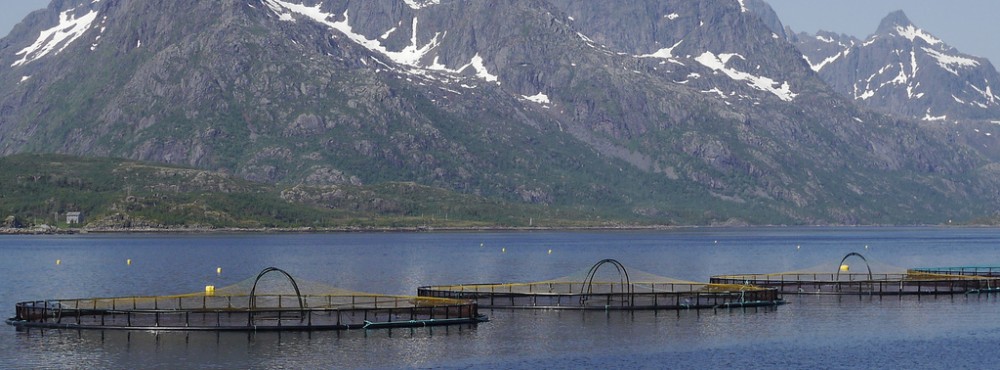NORWEGIAN SALMON FARMS
In the 1970s Norwegian policy promoted local ownership of salmon farms (Aarset, 1998). Government involvement was stronger in research funding, technological development, infrastructure development, and training. However, overproduction in the early 90’s dropped salmon prices down to the extent where many local farms went out of business. Subsequently, the Farmers Sales Organization went bankrupt in 1991 which lead to a change in policy. The ownership regulation was removed that decentralized the farming industry and promoted private ownership. The government abolished the ownership regulation in order to ensure that the entire industry did not collapse and that rural jobs would not be lost. Had significant rural jobs been lost, social support programs like welfare would have drained the economy. Thus, human progress (or at least preventing unemployment) came first over welfare. From a welfare perspective, the consequence is that private corporations are driven by profits rather than salmon welfare and the public has less influence over corporation farm practices. Before the FSO bankruptcy, government responsibility over the industry came with great checks by the general public. Public input had a direct influence in salmon farming regulations. The public could go to the ballot box and decide on salmon farming regulations while with the current corporate control public influence is not so easy. For example, corporations have bought up the majority of property rights for sea territory, which was once government property. Thus, public protests on those lands is not possible. Additionally, corporate lobbies and tax contributions would make the government think twice before getting too strict with the corporations.
